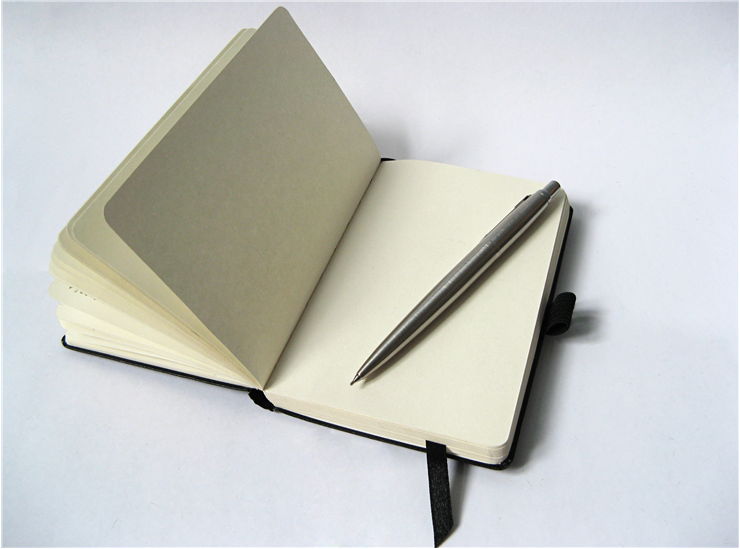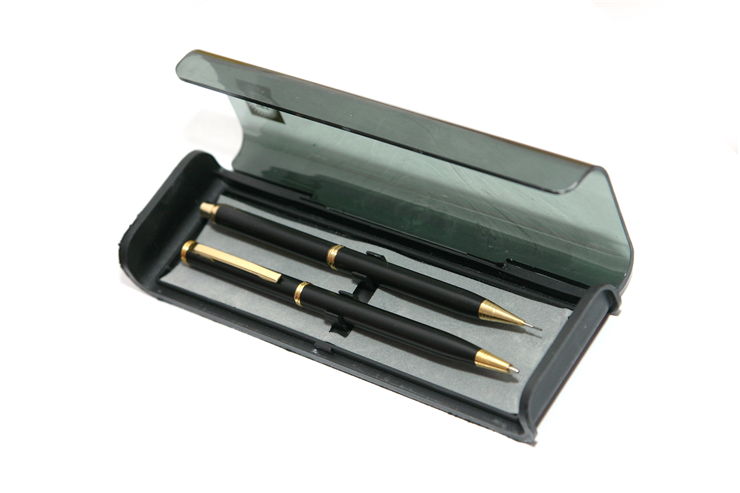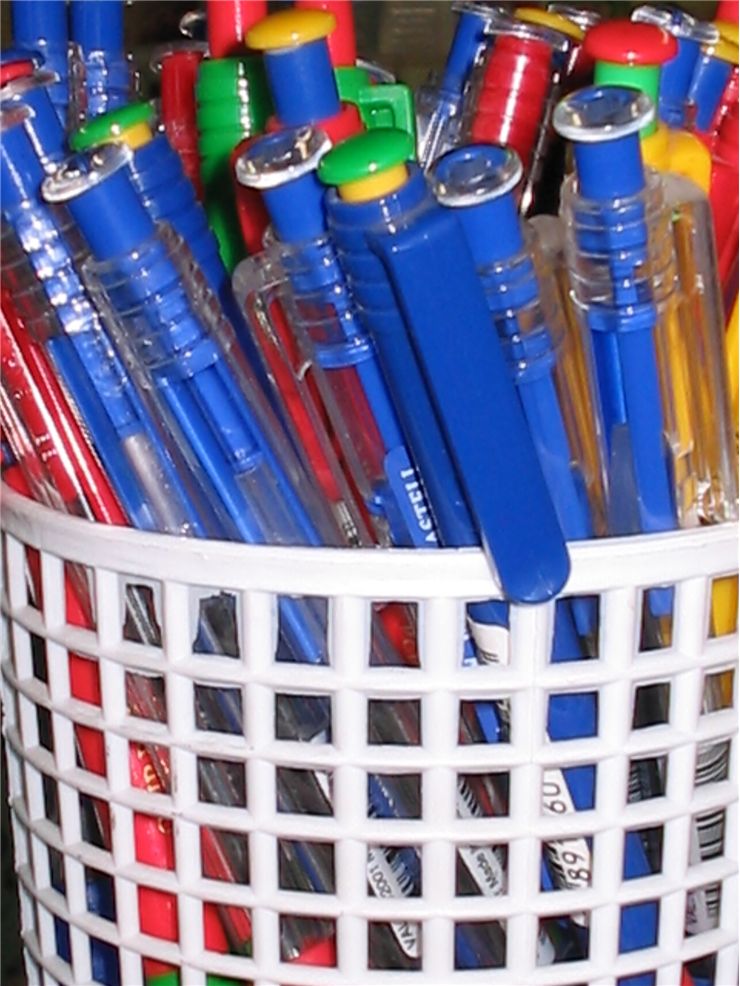How Ballpoint Pens are made?
A Ballpoint pen (also “biro” and “ball pen”) is a writing instrument that has a metal ball at its point which rolls and moves ink from an internal reservoir to the surface on which the pen writes and, at the same time, works as a buffer between the ink in the reservoir and the air outside and protects this ink from drying.
Ballpoint pens are made of metals, plastic, and some other chemicals. When they were first made for a ball, the point was used steel. Today is used textured tungsten carbide is because it is resistant to deforming. The point that holds the ball is brass - an alloy of copper and zinc. Brass is strongly resistant to corrosion, has a beautiful color, and can be easily shaped into the desired form. It is often used for other parts of the pen, like the ink cartridge, the body of the pen, or the spring. Some cases are made of aluminum and can be plated with gold, silver, or platinum with more expensive pens. Ink is made to be thick, clean of particles, not too dry too quickly in the reservoir, and yet to dry sufficiently fast on the paper.
Ballpoint pens are made in mass-production, and the first step is making the ink. Workers (called compounders) control computers that control how the raw materials for ink will be treated. Materials are poured into the batch tanks and mixed according to the formula for ink. To help them mix thoroughly, materials in the containers are heated or cooled, depending on which materials are used and how they interact. Computers also control this, as well as the speed of mixing. Quality controls are performed to ensure the finished ink has desired properties.
Metal parts for ballpoint pens are done while the ink is mixed. A pen manufacturer rarely raises tungsten carbide balls and is usually bought from outside vendors. Metal point and body are made from brass, first, cut into small discs. These disks are heated, which softens them. Softened disks are poured into a compression chamber where they will be shaped. This chamber has a steel ram and a spring-backed ejector plunger. When the steel ram presses the metal, it causes the plunger to retract. That forces the metal into a die-cast mold where it takes the desired shape. Excess metal that doesn’t fit the mold is then scraped off and recycled while the die opens and releases the shaped pen part.
Because they use a different machines, plastic pen parts are done simultaneously; they are made by extrusion or injection molding. Plastic, as a raw material, is in granules or powder; like that, it arrives in the factory. It is fed into a large hopper and into a large spiral screw that leads granules into a heater that liquefies it. Mass is then forced through a die, cooled, and cut. More complex pieces are shaped by injection molding. Liquefied plastic is forcibly injected into a mold. It is left to cool off. After cooling mold is opened, and the plastic piece retains its shape.
When all pieces are formed, the ballpoint pen is assembled. First, a tungsten ball is attached to the reservoir, then injected with the ink of the desired color. A spring is added in the next step if the finished ballpoint pen is retractable. Assembled parts of the point and reservoir are placed in the casing with caps and ends. When the coating and decorations are added, the pen is cleaned and packed, ready to be sold.


